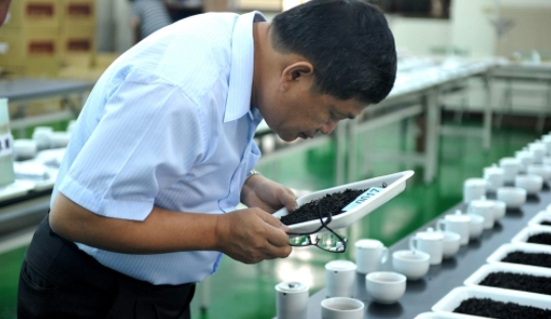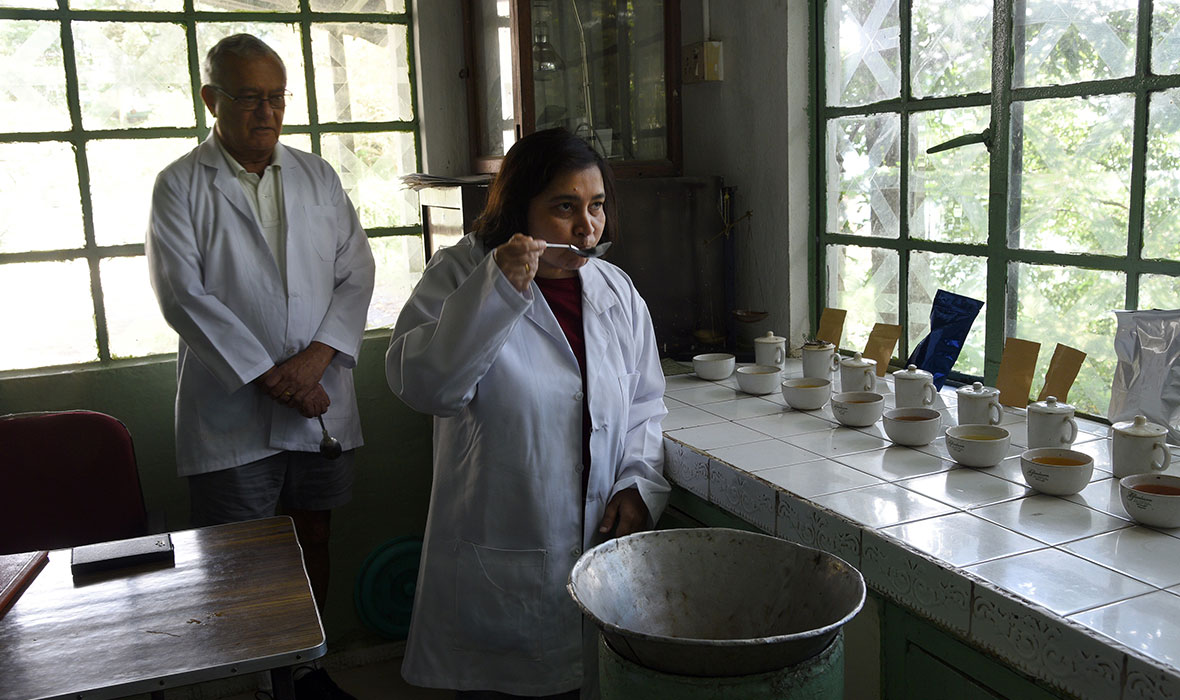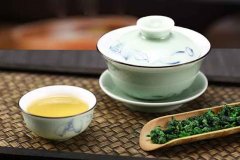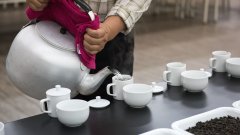Which black tea tastes good how to describe the taste characteristics describe the steps and methods of tea review
Cup test is the fastest way to understand the characteristics of different tea and compare the same variety and different quality tea. This is also the door of quality control in the industry.
Tools and materials
Choose some teas you want to study and compare (it is wise to compare the same category of tea in each round, especially at the beginning, before you are very confident in the process)
A cup with a capacity of 150 ml, accompanied by a tea bowl containing tea soup.
Comment spoon
A bowl used to heat spoons
A bowl of a well-used spoon
Comment plate
kettle
Thermometer
Electronic scale, 0 ~ 20g
Electronic timer
White bread
(optional) Hot milk, cheese or soda cracker to prevent stomach discomfort caused by excessive drinking
As an amateur or connoisseur, you don't need to put 50 tasting cups on your kitchen table, slurping all day. Five or six is a good start. In good tea, aroma and taste are closely related to temperature, and one can only drink more than ten cups at a time. Have a party with your tea friends so you can have more tea to play with if you want.

Preparation in advance
Take 3 grams of each cup of tea and put it in a row on the bracket for use (watch the order so you know which cup of tea is which)
Preheat the cup in a steamer, oven or boiling water for a few minutes
Line up the cups in a straight line, leaving enough space in the middle, such as 4 inches (10 cm).
Put the measured tea into the cup in the same order as the queue.
Set the timer to the required injection time
According to the temperature of a specific tea, fill the cup with water in turn until the edge of the cup, and time at the interval at which each cup is filled with tea
Close the lid immediately after each cup is filled.
Soak for 5 to 6 minutes, but the soaking time for each cup must be the same.
When soaking, put a teacup in front of each cup
Heat the tasting spoon in another bowl of hot water
When the first cup is poured into the required time, the decanter clings to the lid and allows the liquid to flow into the bowl through the gap. In step 05, the decanting time of the next cup is precisely set so that the filling time of each cup is the same. Get in line and get all the cups out.
(optional) after removing each cup, turn the cup upside down, let the injected leaves fall on it, and pile up on the cup lid. Turn the lid upside down, expose the tea, and put it on the cup. This is done to study the injected leaves.

Taste
Make sure your mouth is clean.
Start with what you think is the lightest flavor (not necessarily the lightest color), smell the tea bowl. (if you do not choose to perform step 12, you can smell the lid of the cup.)
Scoop it up and let it roll up on your tongue (there is air, please don't mind this way). Let the liquid rest for a second and roll it again before swallowing.
Feel how your upper jaw, tongue, throat and stomach react to the drink.
Before you drink a cup of tea, stop for 5 to 10 seconds, then take a small bite of bread to clean up your taste buds and the aftertaste of your last cup of tea. Remember to clean the upper jaw every time you go back to cross-compare different choices.
When the soaked leaves are a little cooler, smell them. Compare appearance and smell
Keep notes for each selection for later reference.
Important Notice :
前街咖啡 FrontStreet Coffee has moved to new addredd:
FrontStreet Coffee Address: 315,Donghua East Road,GuangZhou
Tel:020 38364473
- Prev

Which is better to brew black tea with cover bowl or purple sand pot? purple sand cover bowl is suitable for brewing what kind of tea
Gi-w bowl (literally means cover bowl) is probably the most versatile tea set. It can be used as a teapot, a tasting cup, or instead of a teacup. Its best material is porcelain. They have a wide variety of designs and a huge price range, from very affordable mass-produced works of art to unique artist works. It may have been invented as a tool for making tea in the 9th century, but now
- Next

It is best to pour out the tea several times why the first bubble should be poured out and the temperature of the tea is the right temperature.
When you attend a tea appraisal meeting, ask yourself: how does this tea smell? What's the smell in the lid? Is the smell still there? Which part stays longer? Which is shorter? Is there any part of the scent that reminds you of anything else? How does this tea taste? Is there any smell that appears first, and then what kind of smell comes next? Different tastes.
Related
- The milk tea cup becomes smaller?! Overlord Tea Girl launches a new "Return to Yunnan" series
- Accused of selling counterfeit and high-priced coffee beans! Well-known boutique coffee brand "Oukelao" bowed and apologized!
- How to make espresso dumplings? Can I eat coffee and glutinous rice balls together?
- Save the unformed and stagnant powder cakes in one second! What is the problem with stagnant water in the powder bowl of the espresso machine?
- What does hand-brewed coffee stop mean? Why is it not recommended to make coffee by hand?
- Is it normal to smell like coffee? Why does coffee smell like alcohol? What's wrong with the strong smell of cold extract ice dripping ice brewed coffee?
- How to solve the problem that hand-brewed coffee extraction takes too long? Why is the water flowing so slowly when making coffee?
- The main points of making Australian white coffee, the proportion details, how does Australian white properly foam and blend the flowers?
- Can ice water make cold extract coffee? What is the difference between room temperature water and ice water for making cold coffee?
- What milk is best for making latte and white Dirty coffee? What is the difference between different brands of fresh milk and pure milk for making coffee?

